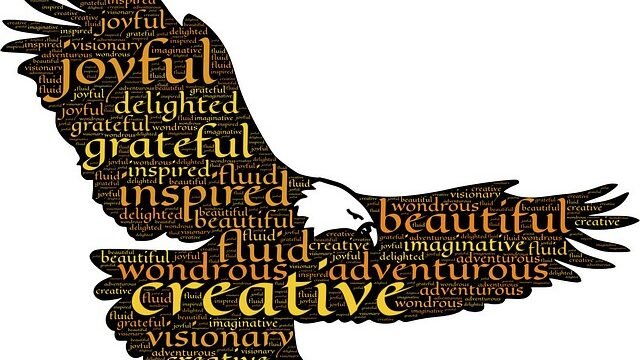This site contains affiliate links to products sold by selected self improvement partners. We may receive a commission for purchases made through these links.
In the last article, we looked at some ways for dealing with ebbs and flows in productivity.
In this article, we will look at the flow state, what it is, and what happens during the process.
The brain veers between states of arousal and relaxation but within these two emotional states are a number of specific states that we might consider to be more desirable than others when it comes to work and performance.
One such state is the much publicized ‘flow state’.
This is the subject of much research at the moment and has gained a lot of interest online too.
The flow state is a kind of ‘productivity panacea’ that is often described as achieving the highest state of human performance.
Author of The Art of Impossible, Steven Kotler, has done a series of videos for Big Think, which are available on the Big Think site as well as on YouTube™.
Since I do not have my own video for this, I am going to do the usual thing and borrow a YT video, this time, of Kotler explaining what flow is and how it works.
In a flow state, you are completely focused on the task at hand, completely turned off to distractions and able to process information much more quickly.
You forget to get up to use the toilet, you forget to eat and you put out your best work.
In sports, the flow state occurs when time seems to slow down to a crawl and you catch a ball you never normally could.
The next time you look at a line up of athletes doing the 100m sprint, watch their faces – closely.
British sprinter Linford Christie was noted for achieving this state on demand.
It also happens in conversation, when you lose track of time and realize you’ve stayed up talking until 3am.
And according to some surveys, the very best productivity startups and even CTOs spend the majority of their time in this state.
What is a flow state?
From a neurological point of view, flow states can be described as temporary hypofrontality.
This means that the frontal regions of the brain have become completely suppressed due to inactivity, leaving you only able to react and respond to what is happening in the moment. This removes any self-doubt and any hesitation.
It is triggered, reportedly, by the release of neurotransmitters: norepinephrine, dopamine and adenosine.
This equates to ‘stress’ plus ‘bliss’ (adenosine is the ‘bliss’ hormone and is associated with marijuana use, by the way).
You could, perhaps, create a theoretical ‘stack’ to try and reproduce this feeling.
So how do you trigger a flow state?
In essence, this seems to be the natural response to something that we believe is highly important and highly fascinating, but without being frightening.
It is being completely enthralled, thrilled by, and absorbed in what you are doing.
You can trigger this by using a number of ‘flow triggers’. Kotler mentions this in his video presentation.
Some organizations have built swings and balance boards designed to create just the right amount of risk and excitement.
Other flow triggers include novel environments.
The most important thing is that you love what you’re doing and that you want to remain completely focused on that subject matter.
If you are struggling to get into flow while writing an essay, for example, it is probably because you don’t find it intrinsically rewarding or motivating.
The best solution? Find a task that you do find interesting and fascinating. Or approach the task in a way that matches how you learn.
By the way…
Did you see that word JOY in the YT video?
You could hack your brain with a self hypnosis track to achieve this…
…or, if you prefer tips, here’s a link to 8 activities you could engage in if you wanted to harness and experience the power of joy.
In the next article, we will look at how to achieve the flow state in other ways.
Image by John Hain from Pixabay
This site contains affiliate links to products sold by selected self improvement partners. We may receive a commission for purchases made through these links.

